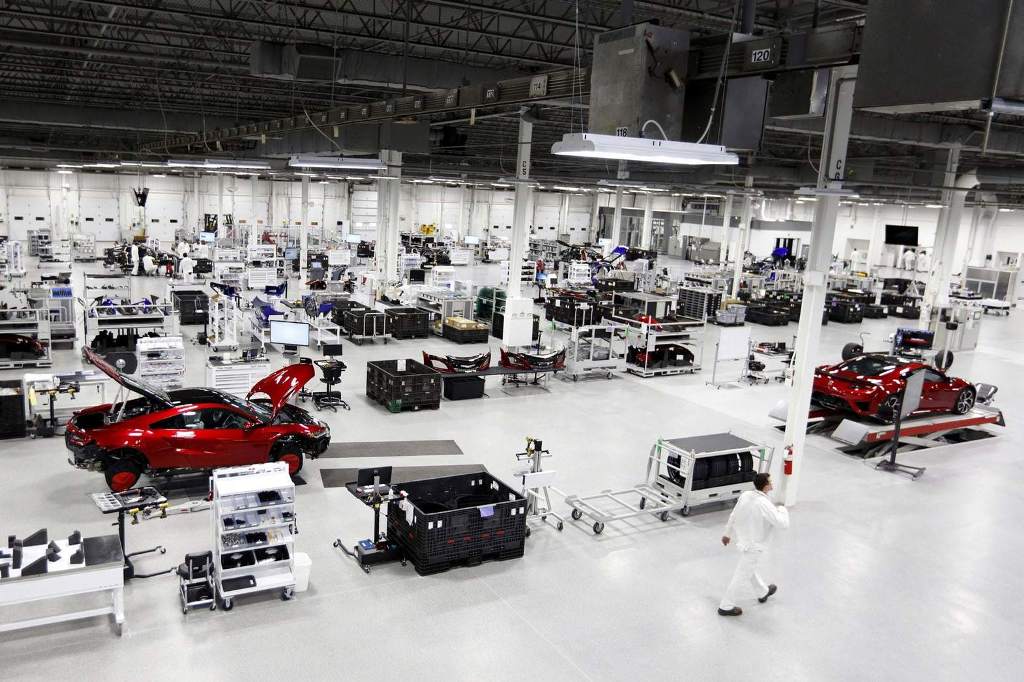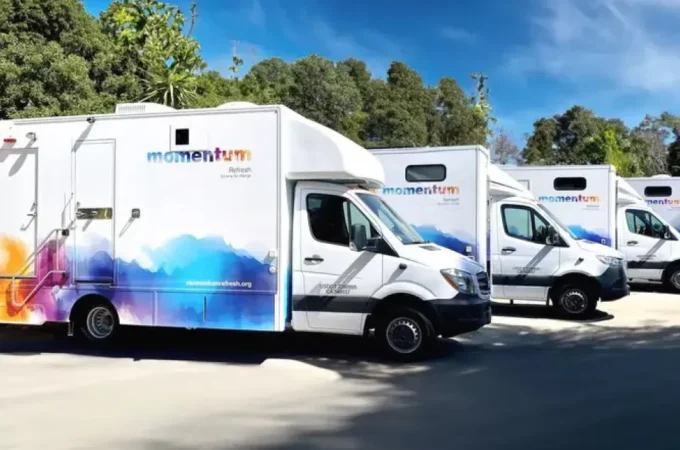
How to Stay on the Cusp of Career Change in the High-Tech Automotive Engineering Industry
Technology is something that has truly driven not just industries but people over the past few decades. It has opened all kinds of doors and conveniences that were never imagined possible, and with that, it has also brought about change that has left some practices and even whole industries feel behind the times and obsolete. All you have to do is take a look around your home, taking stock of all the technology you use on a daily basis, and it’s clear that society has changed, and technology is a major driving force.
While you could pick apart each and every industry pointing out how things like smartphones, wearable technology, and even high-tech security features have had an impact, one industry where it is extremely obvious is the automotive industry. For those who have been eyeing a job in the field, it’s all about hybrid and electric vehicles, onboard technology features, and how to make a car “smart” if you will.
So, how can someone looking to break into the field hope to not only stay abreast of these technology advances but stay ahead of the curve so that their skills are marketable in the field? Let’s take a closer look at how you can solidify a job in today’s high-tech, ever-changing automotive engineering industry.
What Kind of Technology Will the Future Hold?
It may seem like today’s cars are already pretty high-tech, especially in comparison to those 15 even 20 years ago. But here’s the thing, we are only just scratching the surface of what’s possible. The future of cars will be so much more than just something you drive from point A to point B, as they will offer cutting-edge advancements.

Future technology will include and isn’t limited to:
- Advanced emergency braking systems
- Autonomous driving capability
- Enhanced fuel efficiency
- AI to provide a personalized driving experience
- High-tech on-board infotainment systems
- Voice command controls
- Lane sensors
- Your car will act as a traveling Wi-Fi hotspot
And this is just a small look at where technology is taking automobiles. It’s a far cry from the cars you knew and grew up with.
What About Cars that Communicate with Each Other?
Now here is a technology that may seem straight out of the movies but believe it or not, it’s already been developed and is in the testing stage. Cars that will actually communicate with each other and then the objects around them will also be a part of the future. This can help to:
- Warn of any potential collision
- Warn of obstacles in your path
- Apply the brakes on behalf of the driver if they don’t react fast enough
The idea is that this kind of technology can make the roads safer and cut down on the number of accidents. The technology is called V2V and is currently being tested by big manufacturers like Ford.
Then there is the other spin, which is V2I technology. This makes it possible for your vehicle to actually communicate with traffic signals and signs, all in an effort to promote safety.
Staying Ahead of the Changes
So, how do you as an aspiring automotive engineer stay relevant and ahead of the changes? How do you ensure that you’re learning the skills that will make you employable, not just now but in the future as technology continues to play such a huge part in the industry?
This is when it becomes really important for you to be picky about your schooling and training. No longer is an average automotive engineering program going to cut it. You need to find one with an emphasis on technology and future advancements.

Take, for example, the MS in electrical and computer engineering program available through Kettering University Online. This program is working to shape “the future of automotive engineering and advanced mobility with a ground-breaking online program”.
This program is actually the very first of its kind, with an emphasis on high-tech advanced engineering so you can help to develop autonomous and electric vehicles. Highlights of the cutting-edge program include:
- Learning how to design dynamic systems for autonomous functionality
- An emphasis on robotics that uses AI
- Advanced mobility applications for autonomous, hybrid, and electric vehicles
- The integration of computer and electrical systems in autonomous vehicles
The program has been built not around what was required of vehicles in the past and up until this point, but what will be in demand for the future. It is an excellent example of forward-thinking in terms of a program structure that will arm you with all the most important and employable skills, knowledge, and experience.
Do Your Own Research
Even with a top-notch cutting-edge program like the one available through Kettering University, there is still the onus on you to take control of your career future. Becoming an expert in the field can help to inspire you, spark ideas, generate more interest, and just give you a better understanding overall.
So, how can you stay informed of the industry? Simple tips include:
- Reading all the latest news
- Following current trends
- Finding a mentor in the industry
- Familiarizing yourself with technology that is being used by the automotive industry
- Starting at the ground level and working your way up
The great news is that the automotive industry isn’t one that is dying, rather, it is one that is going through some pretty massive and rather exciting changes. This can be the ideal time to break into it and truly set yourself up for a rewarding lifelong career.
Don’t Fall Behind the Cusp

In reality, the automotive industry isn’t that different from so many other industries that are also going through some massive changes and an identity crisis. Technology and new practices are being introduced at a break-neck pace, which means staying ahead of the cusp has never been more vital.
If you keep up with what’s happening in the sector, you will find it much easier to progress your career in the right direction.




